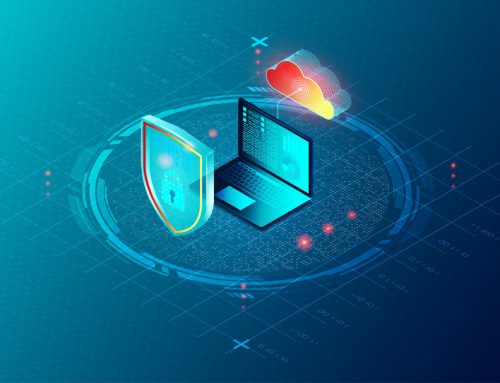Hyper-converged infrastructure has the potential to be a gamechanger for organisations operating integrated systems and legacy infrastructure. Rapid time to value, elastic resource pools, a programmable and adaptable network fabric and simplified admin are key benefits. Here’s 10 more things hyper-converged infrastructure can do for you:
- Seamless upgrades
Hyper-converged infrastructure is software-defined infrastructure. It gives businesses flexibility and upgradeability, without the need to rip out and replace hardware. Updates are delivered over the air for seamless upgrades.
- Centralised systems and management
With hyperconvergence, all components of IT, including compute, storage, networking, backup to disk and cloud are combined into a single shared resource pool with hypervisor technology. This centralises everything, making management easier.
- Enhanced agility
Agility is the Holy Grail of all modern IT. Business leaders expect to be able to respond quickly to business demands. Hyper-converged infrastructure is setup to be agile. All resources exist in a single resource pool. Supporting workload migration from a single pool helps IT get things done faster.
- Scalability and efficiency
By its very nature, hyper-converged infrastructure has a relatively small step size, which means scaling up requires relatively little investment in new products. New resources can be utilised quickly, boosting efficiency and reducing time to value.
- Cost-effective
Hyper-converged infrastructure has a low cost to entry and is cheaper to run and manage than integrated hardware and legacy infrastructure.
- Easy automation
Automating routine IT operations can yield tremendous business benefits, such as reduced operational costs and freeing up personnel. With hyperconvergence, automation is made simpler because the software-based architecture simply enables it. Intelligence-based, self-organising systems are possible by leveraging the right APIs.
- Resource flexibility with VMs
Virtualisation transformed the data centre model. With hyper-converged infrastructure, virtual machines are used at the basic level to construct the environment. Individual resources like storage, backup and load balancing have individual VMs. This focus on VMs is beneficial for scalability and resource flexibility.
- Shared resources
As already noted, with hyperconvergence components of IT are combined into a single shared resource pool with hypervisor technology. Shared resources enable organisations to deploy applications without worrying about performance issues. It enables efficient use of resources for improved performance and capacity.
- Data protection
Protecting data is critical. Hyperconvergence, with its simplified approach to IT, can help address the challenges of data protection with comprehensive backup and recovery, efficient system protection, disaster recovery automation and a single, centralised console which enables IT to respond quickly to issues.
- Immediate gratification
In a hyper-converged environment, you do not necessarily need to replace infrastructure immediately to find value. Value can be found in hyper-converged infrastructure by consolidating servers and data centres, deploying tier-1 applications (deploying a new workload in a hyper-converged environment to gain the inherent operational benefits), managing sites remotely, and modernising backup and disaster recovery.




![The state of generative AI [part one]](https://dsiltd.co.uk/wp-content/uploads/2025/10/generative-AI-500x383.jpg)
